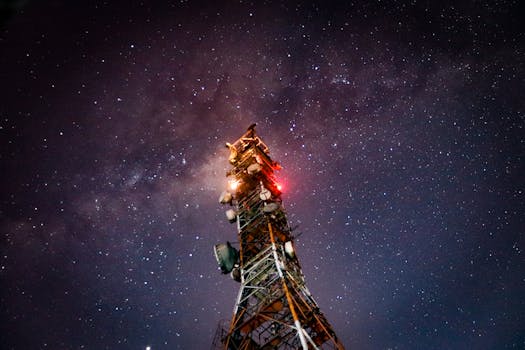
MEO Satellites: Revolutionizing Global Communications with Medium Earth Orbit Technology – MEO satellites
MEO satellites are revolutionizing the way we communicate globally, offering faster and more reliable connections than traditional GEO satellites. Medium Earth Orbit (MEO) technology has been gaining popularity in recent years due to its ability to provide high-speed, low-latency communications services. In this article, we will delve into the world of MEO satellites, exploring their benefits, applications, and the future of this technology.
What are MEO Satellites?
MEO satellites are a type of satellite that operates in a medium earth orbit, which is approximately 2,000 to 36,000 kilometers above the Earth’s surface. This orbit is higher than low earth orbit (LEO) satellites but lower than geostationary orbit (GEO) satellites. MEO satellites are designed to provide global coverage, with a footprint that can cover the entire Earth. They are often used for communications, navigation, and Earth observation applications.
Benefits of MEO Satellites
MEO satellites offer several benefits over traditional GEO satellites. One of the main advantages is their lower latency, which is the time it takes for a signal to travel from the Earth to the satellite and back. MEO satellites have a latency of around 20-30 milliseconds, compared to GEO satellites which can have a latency of up to 250 milliseconds. This makes MEO satellites ideal for applications that require real-time communications, such as video conferencing and online gaming.
Applications of MEO Satellites
MEO satellites have a wide range of applications, including communications, navigation, and Earth observation. They are used to provide broadband internet services, mobile phone networks, and television broadcasting. MEO satellites are also used for navigation, such as GPS and other satellite-based navigation systems. Additionally, they are used for Earth observation, such as monitoring weather patterns, tracking natural disasters, and observing the environment.
Future of MEO Satellites
The future of MEO satellites looks bright, with several new constellations and systems being developed. One of the most notable examples is the O3b (Other 3 Billion) constellation, which is a network of MEO satellites designed to provide high-speed, low-latency communications services to underserved communities around the world. Another example is the Amazon Kuiper Systems, which is a constellation of MEO satellites designed to provide broadband internet services to remote and underserved areas.





